Serves 4
Time: 30 mins (or 45 minutes if you don’t have lentils prepared)
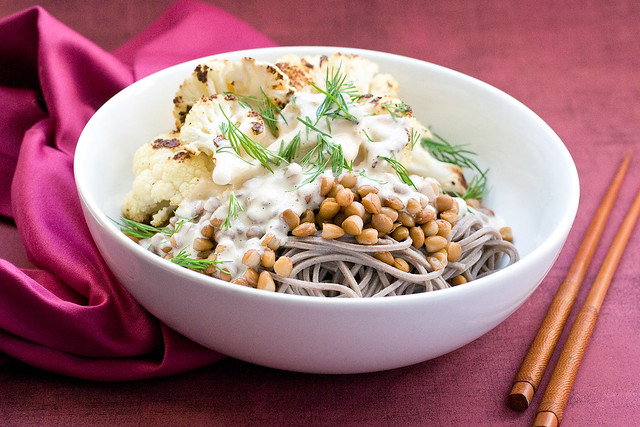
If you’ve been vegetarian for any amount of time, or ever even just casually glanced at the menu of your friendly neighborhood co-op cafe, you’ll surely be familiar with “The Bowl.” That upside down hardhat brimming with healthy and yummy ingredients. But what sets a bowl apart from other types of entrees? Let’s go over some of the unique characteristics that give a bowl its bowlness.
At its most basic, a bowl is made up of a grain, a green, a ‘tein and a sauce. In general, all of the components are prepared very simply, except for the sauce, which is the main flavor component. Of course rules are made to be bent if not broken, but just because you put a bunch of stuff in a bowl, doesn’t make it a bowl proper. Let’s examine each component.
The grain is usually brown rice or quinoa, but it doesn’t even have to be a grain per se, just something wholesome and starchy, that will soak up lots of sauce. I use buckwheat soba noodles in this example. Barley, millet, amaranth, and bulgur are all great choices and I’ve even had whole wheat cous cous find its way into my bowls.
The greens are usually abundant and they don’t have to be green, any veggie will do. They’re often steamed, but roasted with just a little olive oil, salt and pepper is a great choice, too. A simple saute with garlic is about as elaborate as it gets when bowling, though. Common veggie candidates are cauliflower, broccoli, brussel sprouts, dark leafies like kale, zucchini… and often, especially at restaurants, you’ll get a nice mix of all of the above. Sometimes they’ll try and skimp by making the veggie mix half carrots, so if I’m ordering out I’ll often say “No carrots!” Nice try, cheapskate bowl makers of the world! I’ve roasted some cauliflower for this bowl because it brings a deep toastiness to the bowl, which is beautifully offset by the tangy sauce and mellow soba noodles and lentils.
The protein, again, is often very simple. If it’s a bean, it’s simmered just until tender and that’s about it. For tofu, a fairly dry run in the skillet is all it needs, a little salt and pepper. At most, it’s marinaded and baked and at the very least it’s steamed. Tempeh is treated fairly similarly. There are times when the protein and the sauce are combined. Maybe it’s a BBQ tempeh or a curried lentil. I think that’s getting into iffy territory, sneaking away from the definition of a bowl. But again, still permissible depending on what the other ingredients are. I’ve used my favorite…plain old brown lentils in this bowl. They’re unfussy, full of nutrition and tasty as all get out. I keep a container of cooked lentils in my fridge at all times, and there are even a few canned or frozen varieties out there. If you need to cook them on the spot, no biggie, they take only 45 minutes or so.
Now the sauce is what it’s all about. Here you can go for the gusto. In a way, the rest of the bowl is really just a vehicle for the sauce, which should be bursting with flavor, overflowing and smothering everything in its path. Still, though, the ingredients should be relatively simple. Instead of using 10 different things to get the flavor you crave, use a little finesse. Go for minimal ingredients that have strong flavors. Here I employed a classic duo: miso and tahini. Miso with its aged, tangy saltiness and the ethereal nuttiness of tahini make a creamy dreamy sauce that’s barely any work and requires no cooking. Bowl heaven!
So that’s what we talk about when we talk about bowls. The possibilities are endless. And so are the puns. Bowl me over.
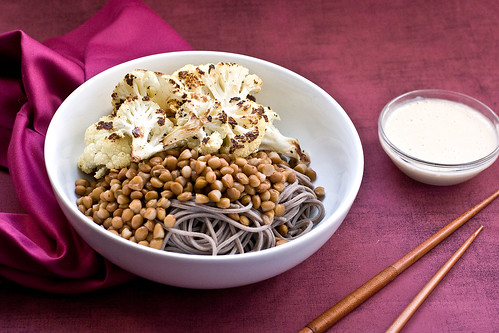
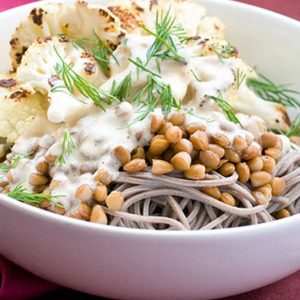
Roasty Soba Bowl With Miso Tahini
Ingredients
- 8 oz buckwheat soba noodles
- 2 cups cooked brown or green lentils
- 1 pc medium head cauliflower cut into large florets
- 1 tablespoon olive oil
- 1/4 teaspoon salt
- Several dashes Fresh black pepper
For the dressing:
- 1/4 cup mellow white miso
- 1/4 cup tahini
- 1 cloves garlic
- 1/2-3/4 cup water
Optional:
- Fresh herbs for garnish (dill, cilantro and parsley are all good choices.)
Instructions
- Cook the lentils if you don’t already have prepared ones (1 cup dry is about 2 cups cooked.) While the water for the soba is boiling, preheat the oven to 425 F and chop the cauliflower into large florets. It’s easy to do this by chopping it in half lengthwise, pulling of the leafy base and then pulling off the florets with your hands.
- When the water boils, prepare soba according to package directions. Once cooked, drain and set aside, rinsing with cold water to prevent sticking.
- Line a large rimmed baking sheet with parchment paper and spray with non stick cooking spray. Toss the cauliflower on the with the olive oil, salt and pepper. Roast for about 20 minutes, flipping once, until aromatic nicely toasted.
- In the meantime, place all dressing ingredients in a small blender. A Magic Bullet works great here. Start with 1/2 cup water, and then add another 1/4 to thin, if you like.
Assemble the bowl:
- Divide soba noodles into big bowls. Top with lentils, cauliflower and plenty of sauce. Garnish with herbs and serve!


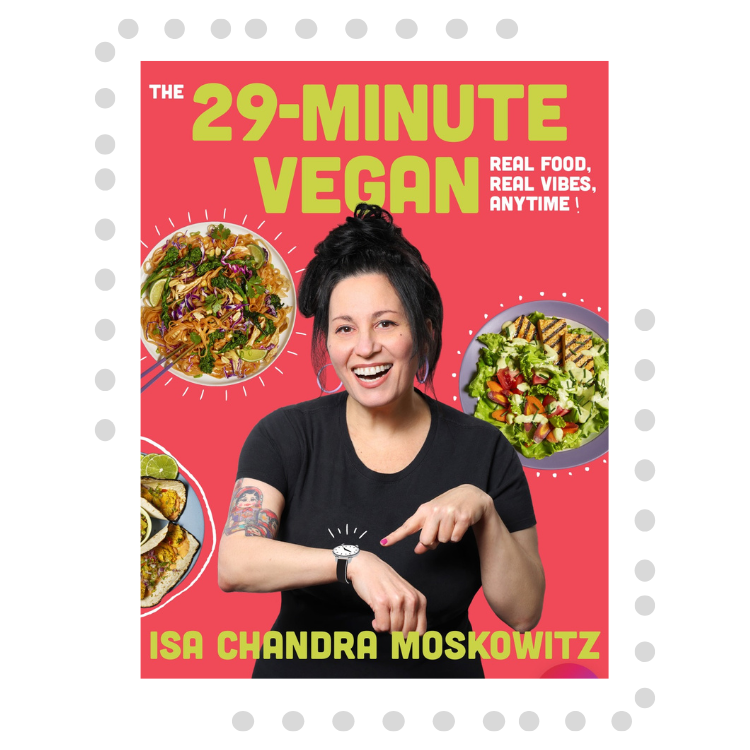
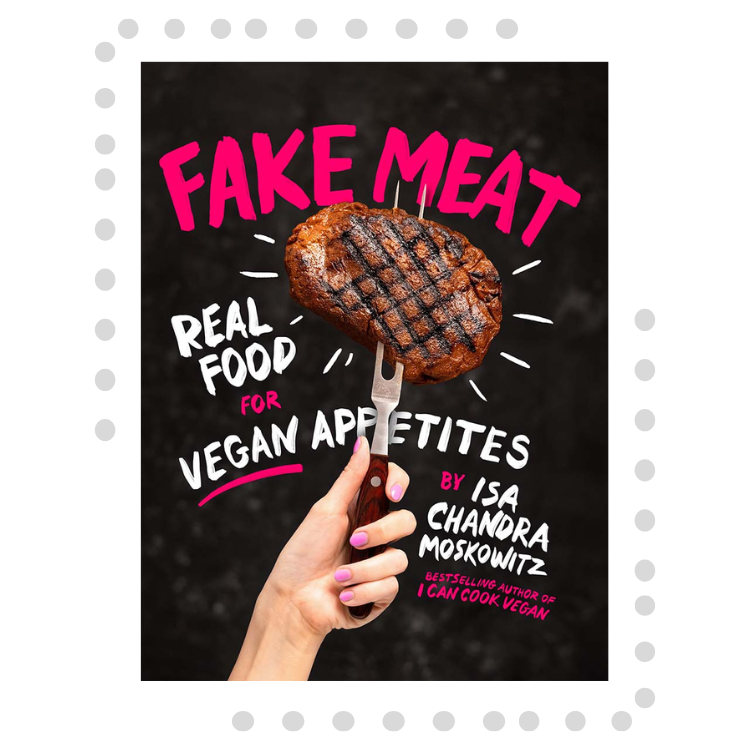
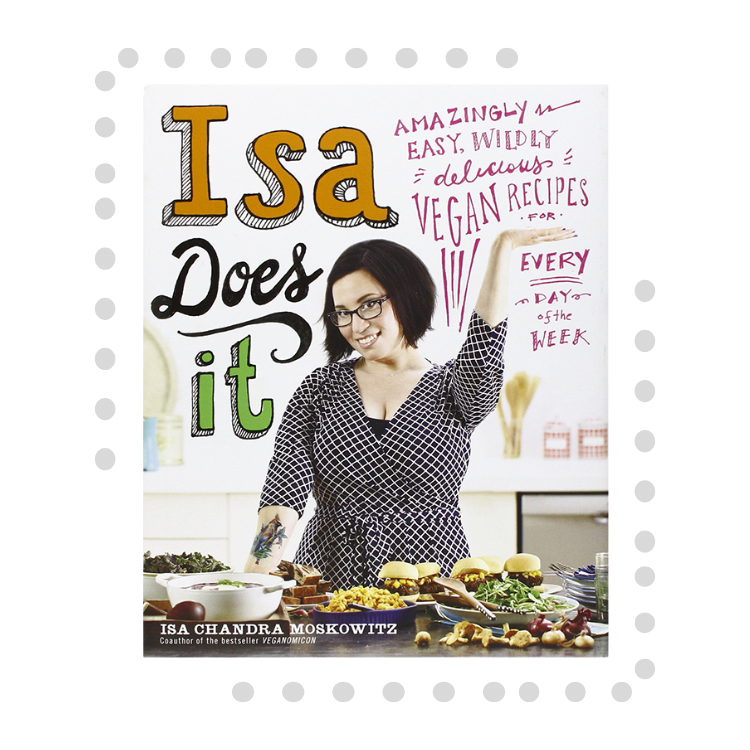
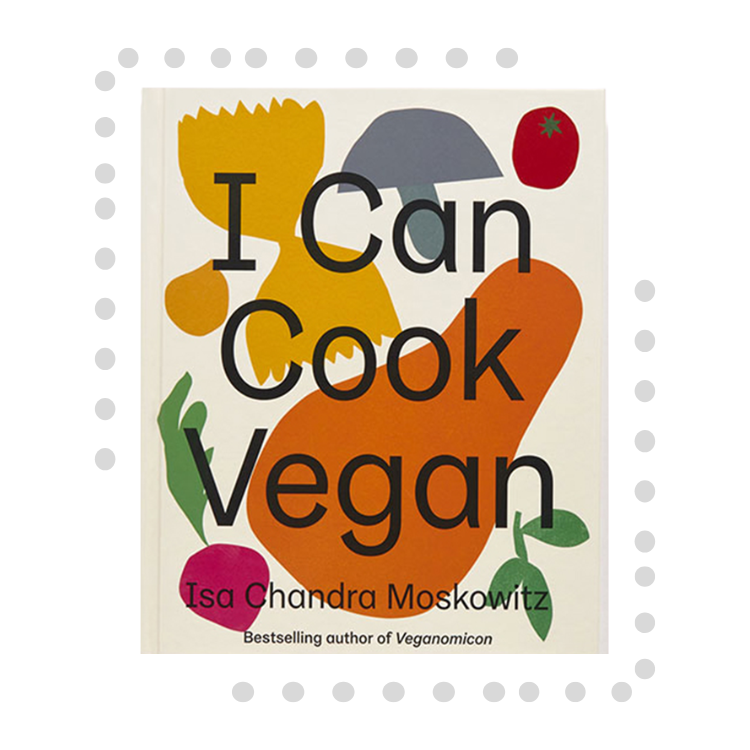
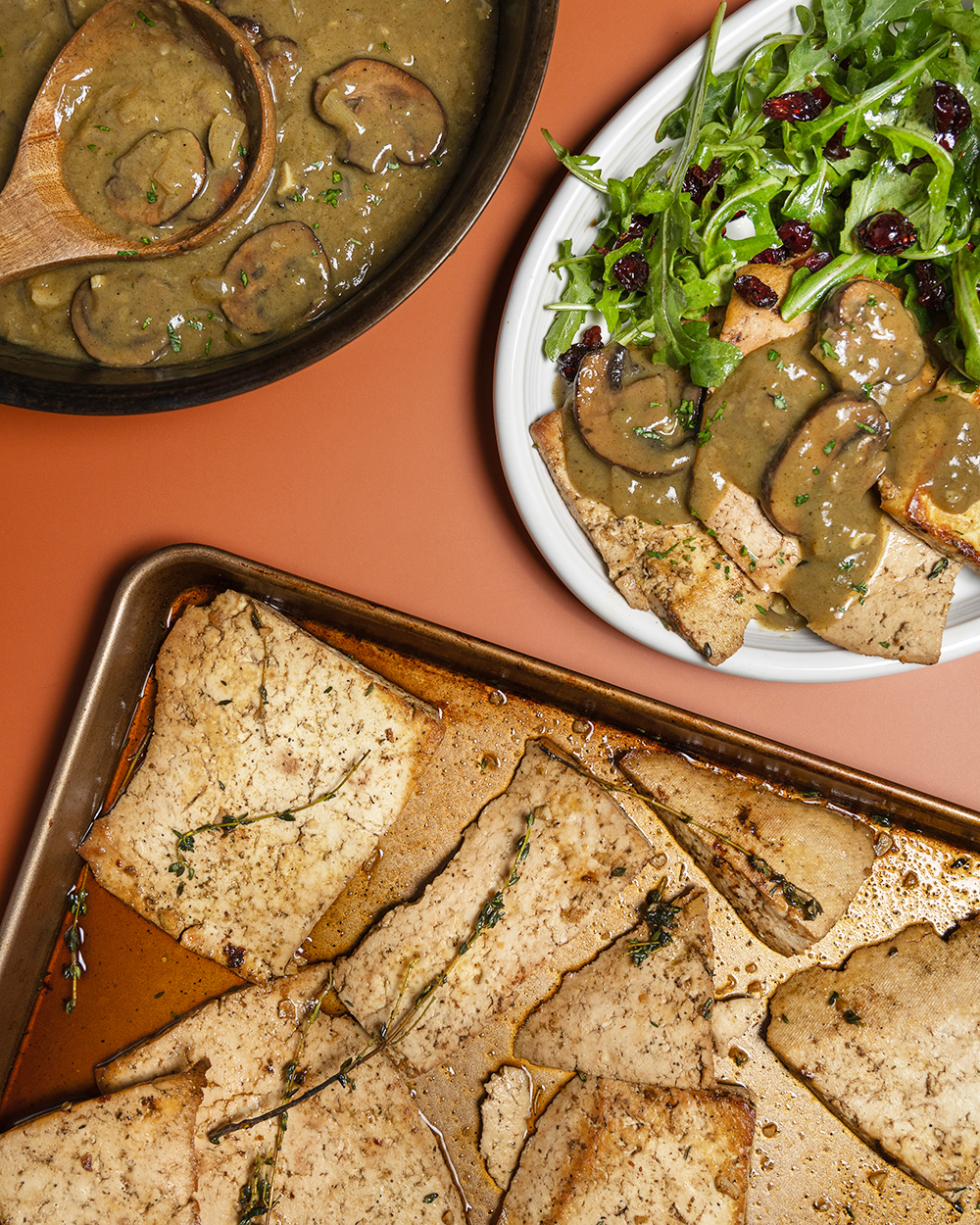

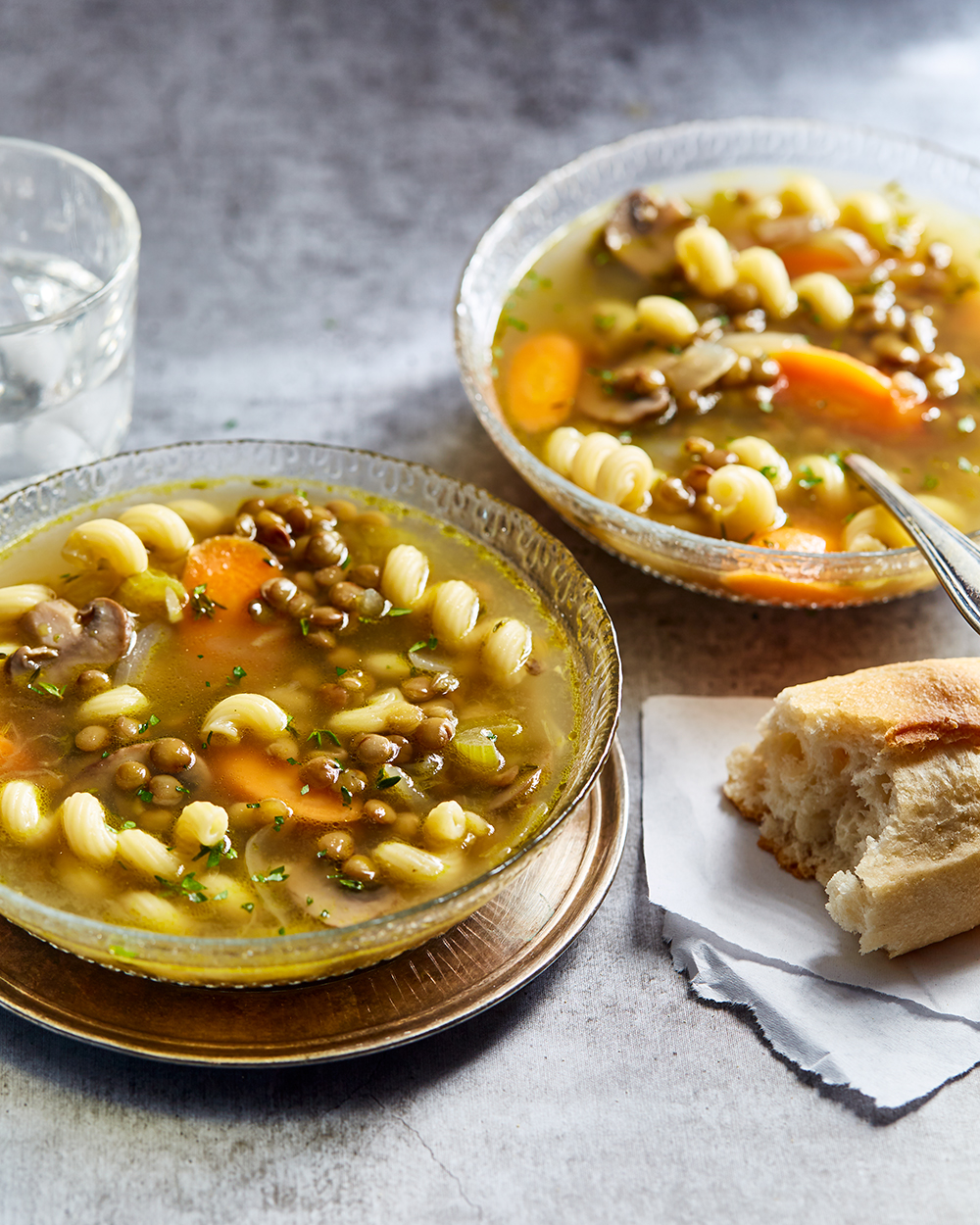
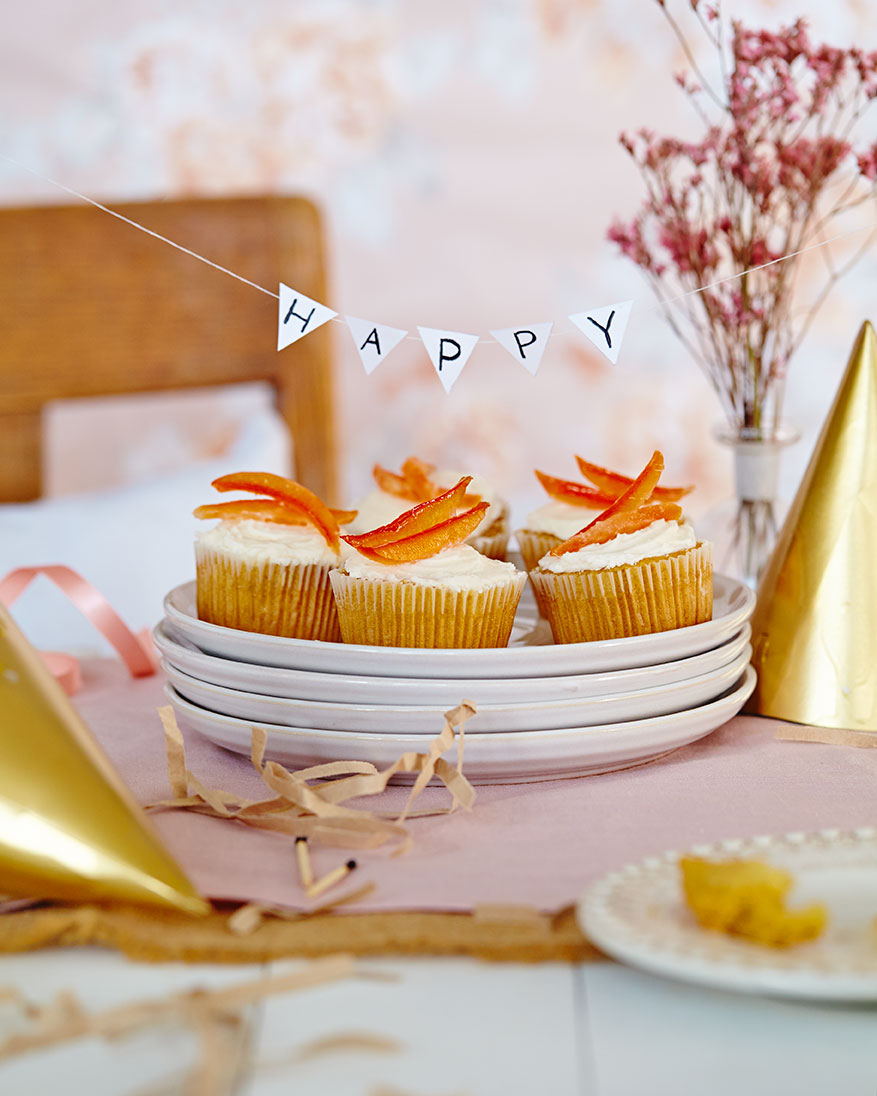


Isa I wish I was eating this right now! I love bowls because I love eating with chopsticks and the two go well together! How do you cook your lentils? They look so light and airy, not stuck together at all. I am definitely trying this.
Yeah, I want to know how you got the lentils like that too! Looks awesome!
I am making this immediately. Except with brown rice, cause I have no noodles. And spinach, cause I have no cauliflower. It’s all good though, it’s still a bowl!
Yup, that’s the spirit!
I have been making bowls with the dressings from appetite for reduction! I love that book. I like the peanut lime dragon dressing the best with quinoa,charred seitan,kale, and bean sprouts. I will definately be making this one too! I also made the Caesar Chavez dressing and my 17 year old daughter told me she had a religious experience when she tried it! It’s that good! Thankyou for keeping vegan food fun and yummy:)
Thanks!
GET IN MY BELLEH!
That first photo is GORGEOUS! I love how all the textures and colors really shine. Beautiful. Oh, and I love the upside-down hard hat analogy. 🙂
I’m with those who are wondering about the lentils. I’ve never seen them look so airy like that.
Such lovely bowlness! So pretty and yummy looking.
And yes, we must know what kind of magic lentils those are!
I am really liking the sound of this! Nice and healthy and tasty!
whats the difference with Miso types? I’m quite keen to make this but have brown rice miso, would that work?
Yes, I should have added that any miso you have will work, but some are much more salty than others so you may have to adjust ratios a bit.
So Good! Will you marry me?
My lentils stay whole and distinct when I cook them with a little salt – maybe 1 tsp per pound of lentils. They still get tender, just not mushy.
The trick is to bring them to a full boil in plenty of water, and then lower the heat to as low a simmer as possible, just until they’re tender, then drain immediately. I do salt the water a little, too. But not sure if that has anything to do with keeping them intact. It makes them more flavorful though.
[…] Read the recipe, view images and add your comment online at http://www.theppk.com/2012/03/roasty-soba-bowl/ […]
Where do you buy buckwheat soba noodles? Can’t wait to try this recipe!
I got mine at Whole Foods but if you have a Japanese supermarket you can probably find them there, too.
I made this tonight. I had everything on hand, except my noodles were brown rice and I only had brown rice miso. It was so good!!! The kids liked it too, the 1 1/2 year old gobbled hers right up, the 4 1/2 year old chose to have her bowl with plain noodles topped with only cauliflower (4 1/2 year olds!!!), but she loved hers too. Thanks!
I followed this recipe exactly and it was AMAAAAAAAAAAAAZING! Will definitely make again :o)
Made this with Quinoa and Kale, so yummmay!
Asparagus and rice–could have sworn I had soba noodles in the pantry! opted for just a single bowl, so had asparagus instead of the cauliflower. Yum! I now have a jar of lentils in the refrigerator for more bowls.
This sauce … tried it with buckwheat soba, collard greens, sweet potatoes, and some oyster mushrooms sauteed in a little sesame oil, and it’s awesome. I’m kinda kicking myself because I’ve attempted much more complicated tahini-based sauces, and this wins by far. I kinda hate you right now.
Mm, I just had a bowl for lunch. Lentils, brown basmati rice, spinach, and orange bell pepper.
Never found a recipe on here I don’t like! I just ordered a huge box of soba noodles online so I can make this over and over again. Another sauce that has a lot of punch is the copy-cat “yum sauce” based on the signature sauce from Cafe Yum in Portland. Love all this new sauce option, think it is time to buy “appetite for reduction”!!
Jamie,
You won’t be sorry with Appetite For Reduction
Oops, Jaime
OMGGGG
Isa your recipes are always delicious but this one really knocks it out of the park! I’ve been in such a food blah lately but this really, really hit the spot. Thank you so much for the recipe and I, too, think I’m going to have to take the AFR plunge after this!! 🙂
<3
In. Bowl. Heaven……
All the flavours mixed so well!
I would not want to live in a world without you, Isa Chandra Moskowitz! I am eating this for breakfast with a head bowed in reverence.
Katie, I ate my leftovers for breakfast, too! Nom nom nom nom!!
what can I say? Just…. WOW!
I want to make this dish. I want to play around with the ingredients, yet still get something this photogenic. Can this picture go on Pinterest, por favor?
Susan – I ordered these: http://www.amazon.com/Hakubaku-Authentic-Japanese-Buckwheat-9-5-Ounce/dp/B000LKX6R8/ref=sr_1_1?s=grocery&ie=UTF8&qid=1331771394&sr=1-1
This was so good! The sauce is amazing! We had left over lentils, so I cooked some rice noodles and roasted Brussels sprouts and it was delicious!!
[…] Roasty Soba Bowl With Miso Tahini (theppk.com) […]
This sauce is out of control AMAZING!
Currently eating a variant on this, substituted the lentils with soybeans (thought it might pair up nicely with the miso) and the soba with brown rice ’cause it’s what we happened to have on hand. Also added some chopped asparagus ( because heaven) and bean sprouts for a texture contrast.
Delicious. Thank you much for the inspiration.
Thank you for all of your fabulous recipes. Your sharing them has lead me to buy your cookbooks. You Rule!
Cool, thanks!
MMM this looks soooo good and easy! Ill have to try this recipe. Thanks!
[…] Noodle bowls […]
[…] Roasty Soba Bowl With Miso Tahini (theppk.com) […]
Of course now I must buy more cauliflower and lentils so I can make this very soon. HOLY TOFU IT LOOKS SO GOOD.
Seared tofu, kale, cauliflower, noodles, yum. However, I found the dressing to be more tahini-y than I thought it would be. I accidentally bought “lower sodium” white miso. Maybe that’s why?
Scrumptious sauce! Really hit the spot, thank you!
Made this last night… wonderful. The sauce will be going into rotation — thank you! Incidentally, my immersion blender with it’s little “smoothie cup” container worked great for making the sauce.
Um, yeah, super delicious! I also used the immersion blender for the sauce (before seeing Kate’s post above!) and it did work great. I used canned brown lentils (not WF brand – can’t remember the brand – but I got them at Whole Foods) and they are a great consistency.
Not only does this sound delicious, but it looks super healthy too!
It just goes to show that vegetarian food is more than just nutritious, it’s downright delicious too!
I’ve just started my own vegetarian/vegan blog at http://lovelysunnykitchen.blogspot.com
Check it out if you have time – I hope you find something you enjoy =)
Oh lord. This is the stuff of gods. I’ve been ppk’ing for the last two weeks but the second this little piece of heaven hit my mouth. Ahhhhh! So good. Keep up the amazing Isa.
We make this all the time (with different variations depending on what’s on hand). It’s such a tasty, complete meal! I love the simplicity, and there’s nothing better in the world than roasted cauliflower. Also great with seared zucchini and onions, and baked tofu in place of lentils. Thanks so much for a lovely recipe.
[…] I made this slaw with you in mind, dear reader, I found inspiration at The PPK. You can read all about meals in a bowl over there. And as winter winds down, it may be your last […]
First time poster here, but I am compelled to comment on this deliciousness. I mean… really DELICIOUS. $25 bowl at Cafe Gratitude be damned!
this is so amazing. i crave bowls all the time now (they are new for me). now all i need is different sauces to put on the bowls..hint hint, wink wink!!! 😉
[…] rock better than post punk although I do love the genre way more than normal music. I made this dish but added kale. Because what is more punk rock than […]